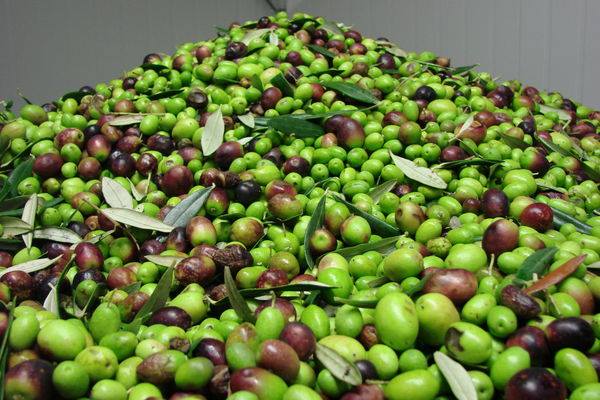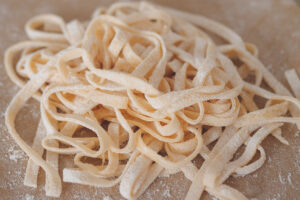Raccolta Delle Olive – Olive Picking
Along with many of the other changes that occur during the autumn season, comes the annual olive harvest in Italy. Although, the olive has been cultivated for many thousands of years, with the most ancient evidence of olive cultivation having been found in Syria, Palestine and Crete, in recent years, the majority of cultivation now operates out of Italy.
Olives have always been highly revered and evidence of this can be found in ancient literature and religion as olive oil was even previously used to anoint kings and athletes in ancient Greece; not to mention that it was used for the “Eternal Flame” of the original Olympic Games! In addition to this, the general understanding of the olive is that it is perceived as the symbol of peace, wisdom, glory, fertility, power and purity. That is, with the olive branch naturally then being symbolic of abundance, glory and peace. If you haven’t caught on yet, olives are pretty darn important here!
Typically, olives are harvested in the autumn and the winter depending on where the harvesting is situated:
- Northern Hemisphere: Green olives are picked at the end of September to approximately mid-November.
- Blond olives are picked from mid-October to the end of November.
- Black olives are collected from mid-November to the end of January or early February.
- In southern Europe, harvesting is done for several weeks in winter, but the time varies in each country, and with the season and the cultivar. How does harvesting work? There are a few ways in which this can be completed:
- Shaking the boughs or the whole tree as using olives found lying on the ground can result in poor quality oil.
- Standing on a ladder and “milking” the olives into a sack tied around the harvester’s waist
- Using a device called an oli-net that wraps around the tree trunk and opens to form an umbrella-like catcher from which workers collect the fruit that they pull down with a rake.
- Using an electric tool known as the oliviera, it has large tongs that spin around quickly, removing fruit from the tree. Olives harvested by this method are used for oil.
In some countries, including Italy, olives are harvested by hand because the terrain is too mountainous for machines. As a result, the fruit is not bruised, which is said to lead to a superior finished product. Additionally, the method also involves sawing off branches, which is healthy for future production.
If you are interested in learning more about the culture of Italian food, you can always try out one of our cooking classes – available all year long. Here you can learn all about authentic Tuscan food, and you can bet you’ll be able to discuss the art of olives as you’ll have the opportunity to work with some of the most famous and local chefs here in Florence.
Click here to book your tour today!
[All information taken from: http://en.wikipedia.org/wiki/Olive]





